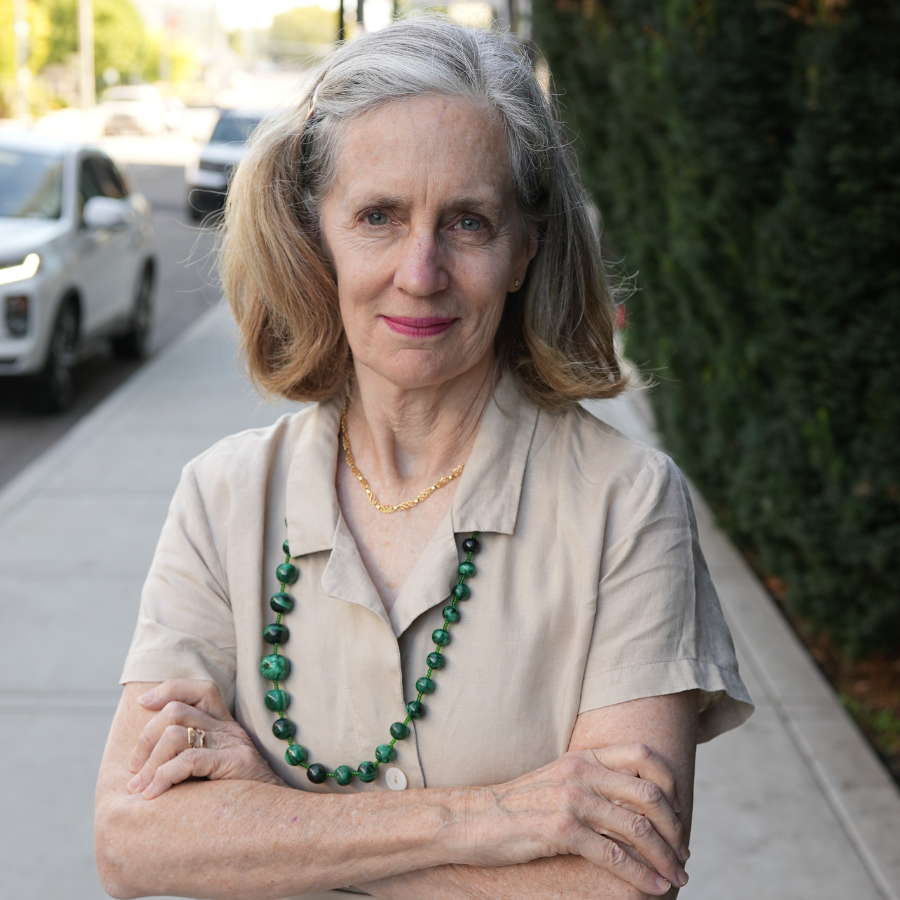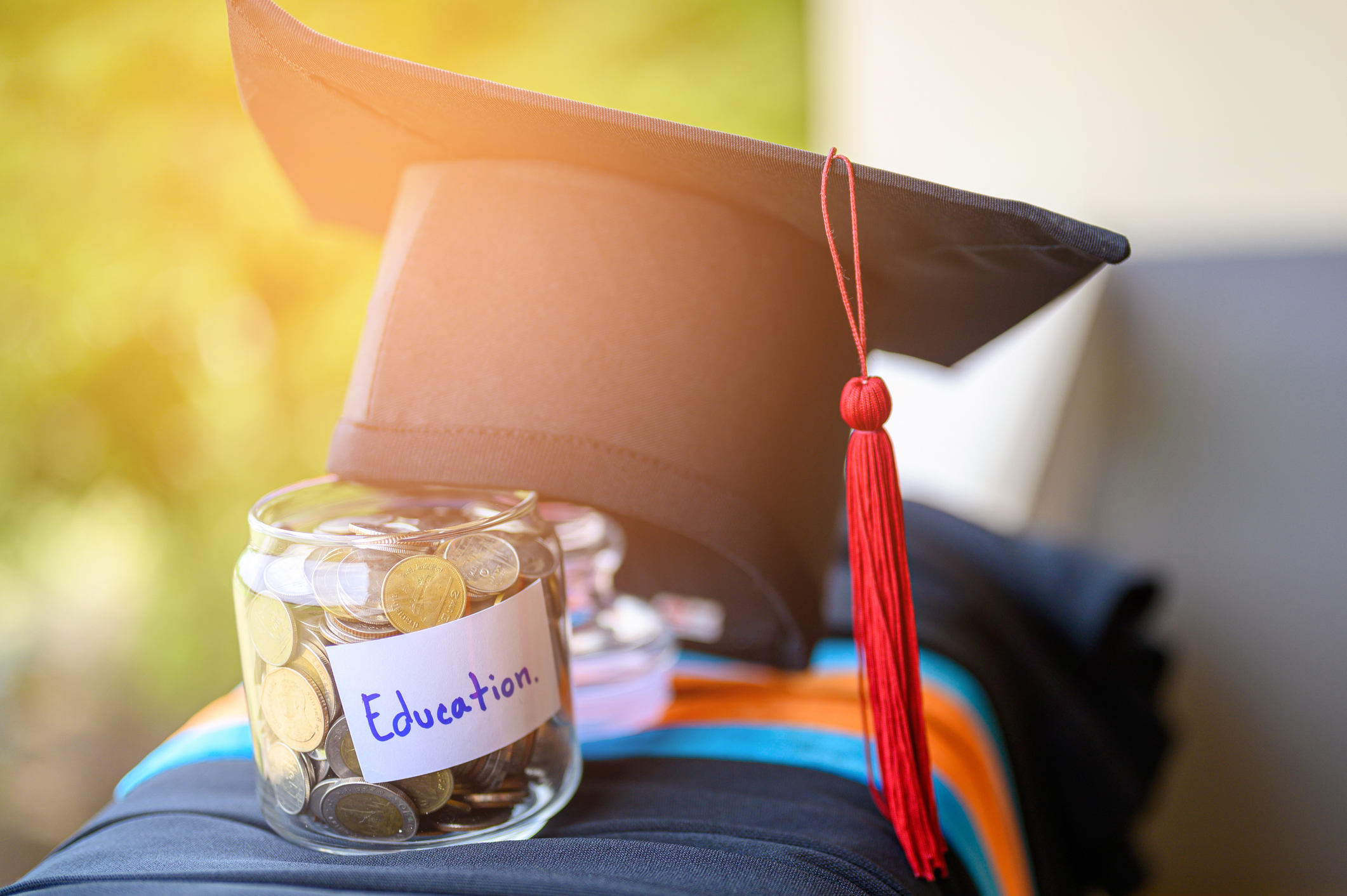Recently on TVW’s show Inside Olympia, Austin Jenkins interviewed state superintendent Chris Reykdal about the COVID-19 school shutdown and the upcoming legislative session.
Surprisingly, Superintendent Reykdal admitted his own son is “struggling mightily” under remote instruction. He called for a vocational program based on school choice, so students can attend a vocational school or take apprenticeship training.
This is similar to the popular Running Start choice program, under which students take their funding to a community college. He said high school students should be able to control their own education funding.
Reykdal also said he won’t be asking the legislature for a “ton” more money for the public schools. He admitted the way schools spend money is more important than the amount of money the system gets, and shared a personal story about the impact of the COVID school shutdown on his own family.
Here are the key exchanges:
Austin Jenkins:
“What are you hearing about this, and how alarmed are you, that [middle and high school] kids are literally flunking out, failing, because of this remote learning situation?" (At 17:45)
Chris Reykdal:
“I am bothered by it. I am living it right now as a parent of two teenagers, who have historically been very successful academically, taking advanced courses, including AP courses and college level courses while in high school. And I have one of them who is struggling mightily in classes, that never would have been the situation if they had been face-to-face. So how did this happen? Number one, we gave very clear advice to districts to limit the number of learning standards ….and a lot of great educators made that transition, and I think some of them didn’t, and still try to cover too much content…..I would never design a school system around remote learning.” (At 18:23)
Austin Jenkins:
“What will the 2021 session look like for your agency?” (At 23:10)
Chris Reykdal:
“….We [the state] spend $25,000 per child over the last two years of high school, about $12,500 each year. We need to give students a lot more ability to grab those resources and go find a pathway that works for them. Which means, great full-time Running Start, that works, but what about the student who wants to be a fabricator, a welder, a plumber, an electrician, they need to go find a program full-time for those last two years….but the entire high school system in the U.S. is a broken system…we have to rethink this completely…” (At 24:26, emphasis added.)
Austin Jenkins:
“Any specific budget asks of the legislature?” (At 25:38)
Chris Reykdal:
“…It’s remarkable that we are going to return money because we didn’t transport kids around, but we are desperate to have one-to-one learning supports for students who are struggling…. It isn’t that we need a ton of new money, it’s that we need flexibility with the money we do have…. . "(At 26:01, emphasis added.)
Superintendent Reykdal is right. The schools do not need more money.
He is also right that students and parents should have more control over education dollars (should “grab those resources” as he puts it). That way families, not rigid education bureaucracies, could access the learning resources that work best for them.
Lawmakers in Idaho are more forward-looking in this regard. A few years ago the legislature there started giving every seventh-grade student over $4,000 in public money to help plan for high school. The response has been enthusiastic, with parents seizing the chance to make good education choices for their kids.
Idaho is not alone. Leaders in 29 states and the District of Columbia provide over 67 education choice programs, giving families direct access to scholarships, learning vouchers, tax-free Education Savings Accounts and tax credits to pay for tuition at private schools, and to hire tutors, learning coaches and other skilled educators for their children.
These choice programs are very popular, especially with low-income and minority families who are badly underserved by the traditional system.
By the way, the $12,500 Superintendent Reykdal proposes is only state-level funding. Local and federal money add more. Statewide that’s an average of $15,700 per student. In Seattle alone, taxpayers spend $20,200 per student.
Perhaps a silver lining of the COVID-19 school shut-down is that top leaders like Superintendent Reykdal are finally experiencing first-hand the poor public education choices most families face every day. He may be opening his mind to the idea that many students can “find a pathway” that works for them, by giving families “more ability to grab those [educational] resources.”
He’s right. If lawmakers let students and parents control more of their own public education dollars to access better learning programs after a year of locked-down schools, it will be a big step in the right direction.





